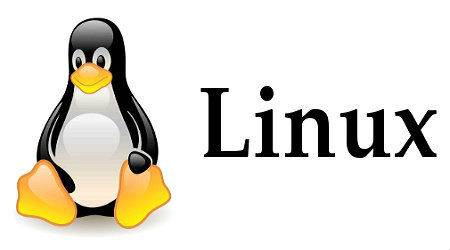Exploring Popular Linux Distributions: A Comprehensive Guide
Linux is an open-source operating system kernel that has given rise to a multitude of distributions, each tailored to different user needs and preferences. These distributions, commonly known as distros, vary in terms of stability, usability, features, and target audience. In this article, we will explore some of the most popular Linux distributions, including Debian, Ubuntu, Fedora, CentOS, Arch Linux, and Linux Mint, to help you choose the one that best suits your requirements.

1. Debian: The Foundation of Stability
Debian is one of the oldest and most stable Linux distributions available. Known for its reliability, Debian serves as the foundation for many other distributions, including Ubuntu. It offers a vast software repository and uses the apt package management system. While Debian may not be the most user-friendly distribution out of the box, it is highly regarded for its stability and security, making it an excellent choice for servers and production environments.
Debian’s release cycle is conservative, with a focus on ensuring that all software included is thoroughly tested and stable. This makes it a preferred choice for users who prioritize a rock-solid operating system over cutting-edge features.
2. Ubuntu: User-Friendly and Versatile
Ubuntu, based on Debian, is one of the most popular Linux distributions worldwide. It is known for its user-friendly interface, ease of installation, and large community support. Ubuntu is available in several flavors, each with a different desktop environment, such as GNOME (default), KDE Plasma, and Xfce, catering to a variety of user preferences.
Ubuntu is ideal for both desktop and server environments, offering regular updates and long-term support (LTS) releases that provide stability and security updates for up to five years. Its widespread adoption makes it a great choice for beginners and experienced users alike.
3. Fedora: Cutting-Edge Technology for Developers
Fedora is a community-driven distribution sponsored by Red Hat, focusing on the latest technologies and software. It is often the first to adopt new features and innovations, making it a favorite among developers and tech enthusiasts who want to stay at the forefront of technology.
Fedora comes with the GNOME desktop environment by default and has a relatively fast release cycle, with new versions being released approximately every six months. While it may not offer long-term support like some other distributions, Fedora’s emphasis on cutting-edge features makes it an excellent choice for users who want the latest advancements in the Linux world.
4. CentOS: Enterprise-Grade Stability
CentOS is a free, community-supported distribution derived from the source code of Red Hat Enterprise Linux (RHEL). It offers the same enterprise-grade stability and reliability as RHEL but without the cost of a commercial subscription. CentOS is particularly well-suited for server environments where long-term support and stability are critical.
CentOS Stream, the successor to the original CentOS, serves as a rolling-release distribution that tracks just ahead of RHEL, making it a preview of what will be included in future RHEL releases. This makes CentOS Stream a valuable tool for developers and administrators who want to stay aligned with the future direction of RHEL while still maintaining a stable server environment.
5. Arch Linux: Customization and Control
Arch Linux is known for its simplicity, flexibility, and user-centric approach. It follows a rolling-release model, meaning that once Arch is installed, users continuously receive updates without the need to upgrade to a new version. Arch Linux is designed to be minimalist, allowing users to build their systems from the ground up with only the components they need.
Package management in Arch Linux is handled by pacman, and the Arch User Repository (AUR) provides access to a vast array of community-contributed packages. Due to its steep learning curve and hands-on approach, Arch Linux is generally preferred by advanced users and those who want complete control over their operating system.
6. Linux Mint: A Friendly Ubuntu-Based Option
Linux Mint is a popular distribution based on Ubuntu, known for its user-friendly interface and out-of-the-box functionality. It includes multimedia codecs, essential software, and several desktop environments like Cinnamon, MATE, and Xfce, making it accessible to users of all skill levels.
Linux Mint is often recommended for users transitioning from Windows or those looking for a reliable and easy-to-use desktop experience. Its focus on usability and ease of use has made it a favorite among both new and experienced Linux users.
Conclusion: Choosing the Right Linux Distribution
With a variety of distributions available, Linux offers something for everyone. Whether you are a beginner looking for a user-friendly experience, a developer seeking cutting-edge technology, or a system administrator in need of enterprise-grade stability, there is a Linux distribution tailored to your needs.
Debian and Ubuntu are excellent choices for those seeking stability and ease of use, while Fedora and Arch Linux cater to users who want the latest features and full control over their system. CentOS offers a robust platform for servers, and Linux Mint provides an accessible and friendly environment for desktop users. By understanding the strengths and characteristics of each distribution, you can make an informed decision that aligns with your goals and preferences.
Explore the world of Linux, experiment with different distributions, and find the one that best suits your workflow and needs. The flexibility and openness of Linux ensure that there is always a perfect fit for every user.




